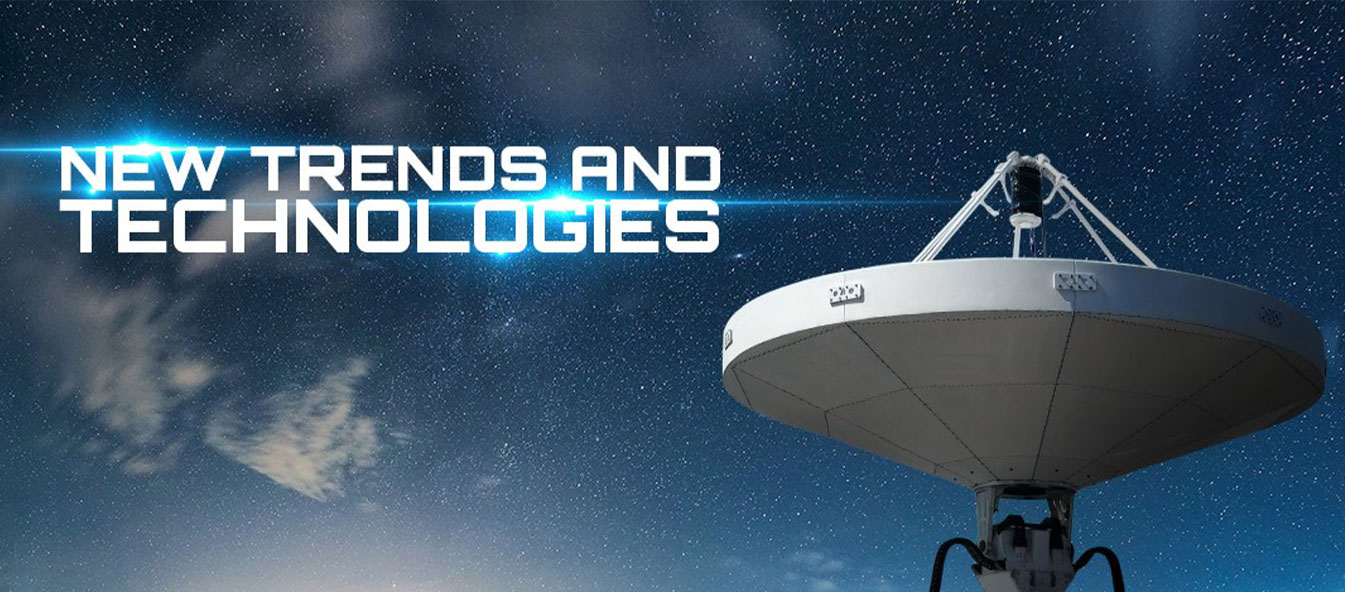Navigating the Evolving Landscape of Satellite Ground Segment: Embracing New Trends and Technologies


Profen
The satellite ground segment, which consists of all the ground-based elements of a space system, plays a vital role in enabling the communication, control, and data processing of satellites. As the space industry evolves and new applications emerge, the ground segment also needs to adapt and innovate to meet the changing demands and challenges. In this article, it will be explored some of the new trends and technologies that are shaping the future of satellite ground segment.
New Orbits and Constellations
One of the major drivers of change in the ground segment is the emergence of new orbits and constellations, especially in the low and medium Earth orbits (LEO and MEO). These orbits offer advantages such as lower latency, higher bandwidth, and global coverage, but also pose challenges such as shorter visibility, higher Doppler shift, and increased interference. To cope with these challenges, the ground segment needs to have more antennas, higher tracking accuracy, and faster switching capabilities. Moreover, the ground segment needs to support the integration and interoperability of different orbits and constellations, as well as the coordination and management of spectrum and orbital resources.
RF over IP
Another trend that is transforming the ground segment is the adoption of radio frequency (RF) over Internet Protocol (IP), which converts RF signals from analog to digital and vice versa, and enables their transport over IP networks. This technology offers several benefits, such as reducing the cost and complexity of ground infrastructure, increasing the flexibility and scalability of ground services, and enhancing the security and reliability of data transmission. RF over IP also enables the centralization and virtualization of the ground segment, which means that the ground functions can be performed remotely and dynamically, using cloud computing and software-defined architectures.
Ground Segment as a Service
A related trend that is gaining popularity in the ground segment is the provision of ground segment as a service (GSaaS), which means that satellite operators can outsource their ground functions to third-party providers, who offer them as a subscription-based or pay-per-use service. This model allows satellite operators to avoid the upfront investment and maintenance costs of building and operating their own ground segment, and to access a global network of ground stations and services, with flexible and customized options. GSaaS also enables satellite operators to focus on their core business and mission objectives, while benefiting from the expertise and innovation of the service providers.
Laser Communication in Ground Segment
A promising technology that has the potential to revolutionize the ground segment is laser communication, which uses infrared lasers to transmit data over long distances, instead of radio waves. Laser communication offers several advantages over RF communication, such as higher data rates, lower power consumption, smaller and lighter terminals, and higher security and immunity to interference. However, laser communication also faces some challenges, such as atmospheric attenuation, alignment and pointing accuracy, and regulatory and standardization issues. To overcome these challenges, the ground segment needs to have advanced optical terminals, adaptive optics, and weather monitoring systems, as well as coordinated and compatible ground networks.
Quantum Communication in Ground Segment
A new technology that is emerging in the ground segment is quantum communication, which uses quantum entanglement to transmit data securely and reliably over long distances, without the need for intermediate repeaters. This technology could enable a new level of encryption and privacy for satellite communications, as well as applications such as quantum key distribution and quantum teleportation. Quantum communication also poses some challenges, such as the generation and preservation of entangled photons, the alignment and synchronization of quantum terminals, and the integration and compatibility of quantum and classical networks. To address these challenges, the ground segment needs to have sophisticated quantum devices, protocols, and standards, as well as hybrid and interoperable ground systems.
Phased-Array Antennas in Ground Segment
A new technology that is developing in the ground segment is phased-array antennas, which use electronically steerable beams to track and communicate with multiple satellites simultaneously, without the need for mechanical movement. This technology could increase the efficiency and flexibility of ground segment, as well as reduce the size and cost of ground terminals. Phased-array antennas also have some limitations, such as the trade-off between beam width and gain, the complexity and power consumption of beamforming, and the susceptibility to mutual coupling and interference. To overcome these limitations, the ground segment needs to have advanced antenna designs, algorithms, and techniques, as well as adaptive and intelligent ground systems.
Artificial Intelligence in Ground Segment
A new technology that is enhancing the ground segment is artificial intelligence (AI), which could enable autonomous and intelligent control of ground functions, such as spectrum management, interference mitigation, data processing, and anomaly detection. This technology could also enhance the performance and reliability of ground segment, as well as enable new capabilities such as predictive maintenance and adaptive optimization. AI also raises some challenges, such as the availability and quality of data, the explainability and transparency of algorithms, and the ethical and social implications of automation. To address these challenges, the ground segment needs to have reliable and secure data sources, robust and interpretable algorithms, and responsible and human-centric ground systems.
Conclusion
The satellite ground segment is undergoing a rapid and profound transformation, driven by the emergence of new orbits and constellations, the adoption of RF over IP, the provision of GSaaS, the development of laser communication, the emergence of quantum communication, the development of phased-array antennas, and the enhancement of AI. These trends and technologies are creating new opportunities and challenges for the ground segment, and require continuous innovation and adaptation. The future of the ground segment will depend on the ability of the ground segment stakeholders to collaborate and cooperate, to leverage the best practices and solutions, and to meet the evolving needs and expectations of the satellite industry and its customers.
